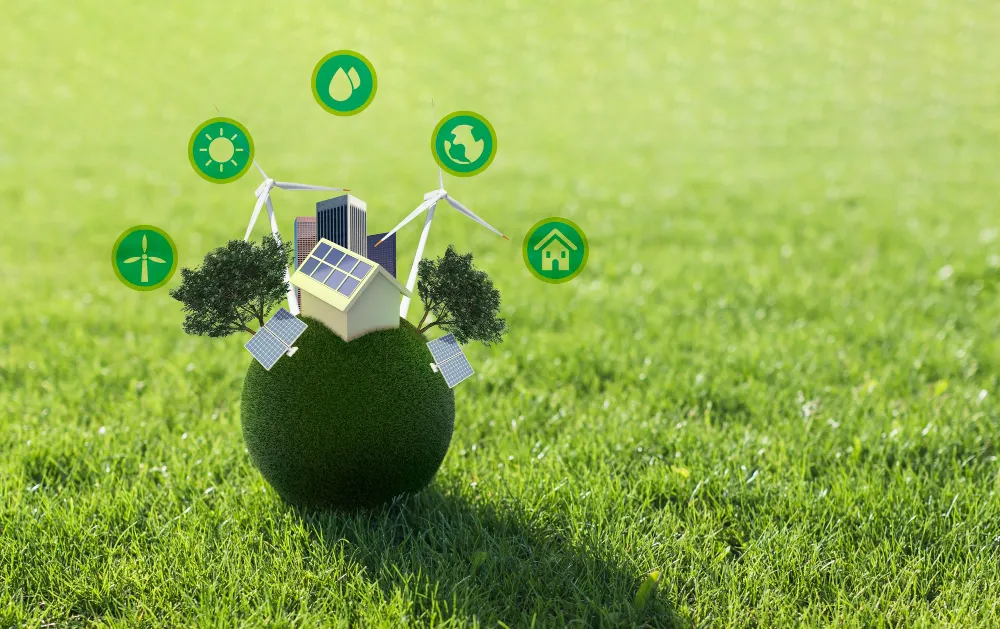Lorem ipsum adipiscing purus fermentum. Praesent vitae quam sed...


According to an NRDC report, reducing nationwide energy consumption by 15% can save 6 lives and $20 billion in health expenses. This seems achievable but only when you prioritize smart and green real estate.
These buildings stand out with their advanced technological capabilities to drive better energy efficiency. They do so through real-time monitoring, regular adjustments, and the effectiveness of advanced technologies like IoT sensors.
However, the scope of smart buildings and green technology goes even further in building a sustainable real estate future. This is what we will explore in detail here to help you understand this much-needed transformation.
There are countless factors increasing the importance of smart buildings and green technologies in real estate. Understanding these factors helps explain why these technologies are essential for a sustainable future. So, let’s examine each of these factors one at a time!

Smart buildings real estate have many such unique qualities and capabilities that set them apart from conventional buildings. Understanding these capabilities and how they work is an important arsenal for a sustainable future. So, let’s take a closer look at some of these capabilities:
Intelligent building systems are essential for modern real estate as they give us access to valuable analytics. These data sets help building managers better monitor the performance of every system and equipment. The use of advanced technologies like AI and ML, as well as smart building analytics, helps people make informed choices.
Most smart buildings in today’s day and age rely on advanced processors and servers for effective automation. These components automate changes in the building’s systems to ensure it delivers uncompromised energy efficiency. This also makes data more accessible and manageable to get better energy output with minimal input.
Internet-of-things (IoT) sensors play a very important role in enhancing the energy efficiency of smart buildings. These sensors collect and store essential data that helps make informed decisions for the building’s management. They monitor every system in the building, including light levels, occupancy, air quality, and even temperature.
The intelligent building network is another very important mechanism that works in the background of smart buildings. This is basically a network of connected IoT devices that monitor the building’s energy efficiency minutely. The system does an excellent job of making sense of this data and incorporating real-life changes in real time.
Smart buildings have many hardware and software components that work together to control different aspects. These include lighting, heating, air quality, safety, and security, which make the building better and more efficient. These components also play an important role in ensuring the safety of all occupants in cases of emergencies like fire.
While there are countless innovations in real estate technology, there are also certain challenges that you must know about. So, let’s check these challenges and considerations out for a clearer idea:
The future of sustainable buildings is something that we can look forward to with the hope that innovation will make a difference. With the right technological integration, these buildings can be key to transitioning to a sustainable future. This makes it important that you prioritize the integration of green technologies in smart buildings and experience the difference for yourself.
Lorem ipsum adipiscing purus fermentum. Praesent vitae quam sed...
Lorem ipsum adipiscing purus fermentum. Praesent vitae quam sed...